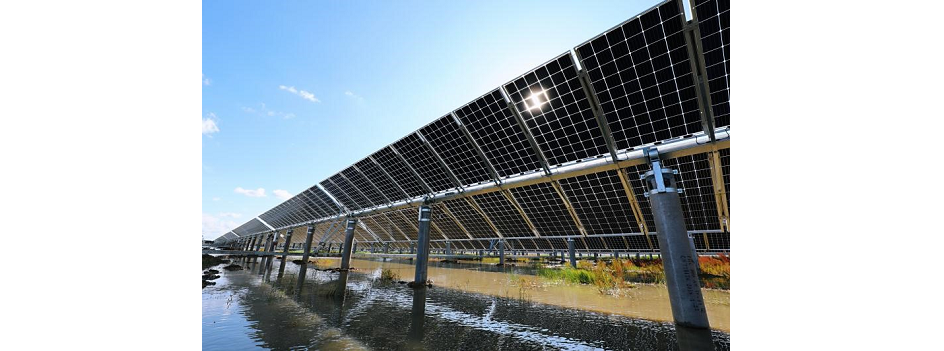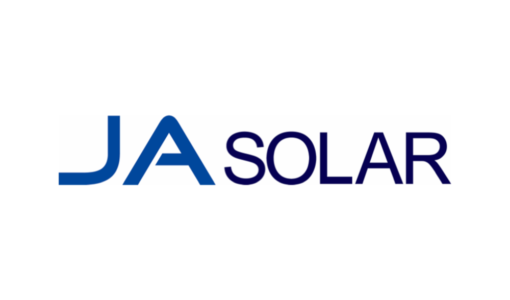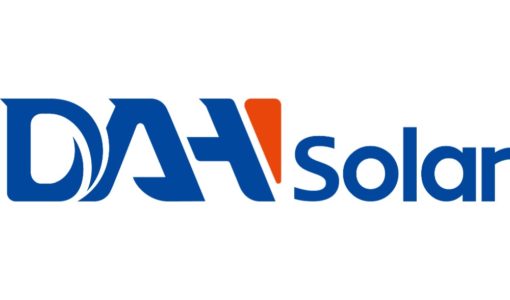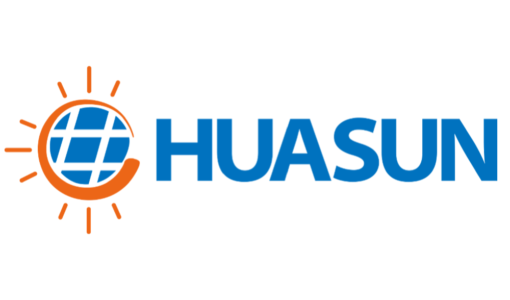- Bifacial solar modules imported to the US will have to pay safeguard duty slapped on other solar products under Section 201, starting from October 28, 2019
- The USTR said it found during evaluation of the measure that excluding the technology will undermine the objectives of the safeguard measure
- Roth Capital Partners believes the step will be a positive for First Solar and its Series 6 technology
In a sudden and unexpected announcement from the US government, the United States Trade Representative (USTR) office has expelled bifacial solar panels from protection against tariffs imposed under Section 201 on products being imported into the country. The rationale behind this is that the exclusion of this technology will ‘undermine the objectives of the safeguard measure’.
The agency says it has evaluated newly available information from multiple sources that the exclusion will ‘likely results in significant increases in imports of bifacial solar panels, and that such panels likely will compete with domestically produced monofacial and bifacial CSPV products in the US market’.
The withdrawal will come into effect starting October 28, 2019 and will be applicable on panels ‘entered for consumption, or withdrawn from a warehouse for consumption’. The USTR’s full decision is available on its website.
Background
The safeguard duty on solar products under Section 201 was first imposed in February 2019 with 30% tariffs. Over the next three years, it will come down to 25%, 20% and ending with 15% finally in February 2022. In June 2019, USTR exempted overseas produced bifacial solar from the ambit of the duty which was hailed by both US developers and international solar companies as this had made highly efficient bifacial PV products accessible at market prices and provide a push to the very promising technology. On the other hand, it meant a blow to US based vertically integrated module manufacturers SunPower and First Solar.
Wood Mackenzie Power & Renewables recently came out with a report forecasting annual bifacial solar module capacity by end of 2019 to reach 5.42 GW and over 21 GW by 2024 pinning its hopes on the massive deployment expected in the US market (see 5.42 GW Bifacial Solar Module Capacity In 2019).
Gravity
While this decision of the US government would impact those developers that had already planned their projects with bifacial technology considering the fact that there is 37.9 GW of contracted utility scale pipeline in the country as claimed by Wood Mackenzie and the Solar Energy Industries Association (SEIA), not everyone will be a victim.
Roth Capital Partners sees the cancellation of the bifacial exemption from Section 201 as a positive for First Solar and its new Series 6 thin-film modules (see First Solar To Do Away With EPC Division In US). “While it doesn’t matter too much for 2020 as most of the volume will be standard mono PERC, it likely slows down the maturation of bifacial, thereby supporting First Solar and its S6 technology. We see this as an incremental positive for First Solar,” said Roth Capital analyst Philip Shen.












